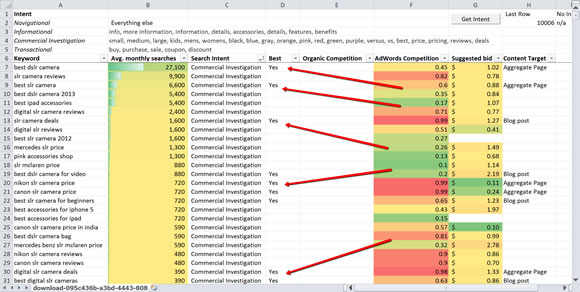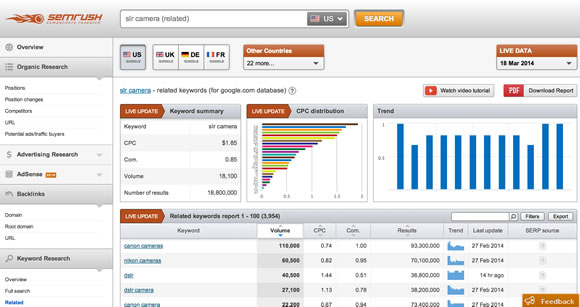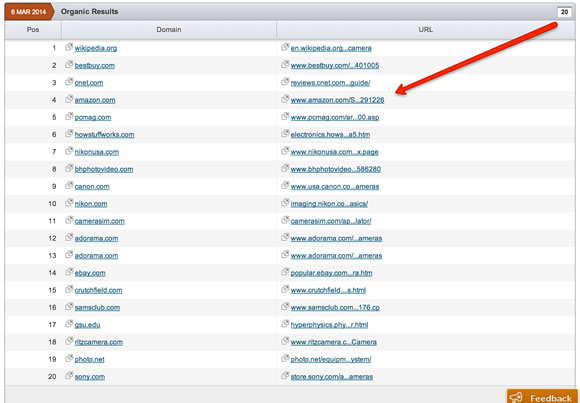Tagging The Best Keywords
Here's the human component that is still needed to really analyze keyword opportunities for maximum impact and potential.
I call it my "best" column, and it is my process for manually reviewing and tagging the keywords that I believe are the priority targets for the campaign - and it is exactly as easy as it sounds.
Once I have gotten my Excel file laid out to my liking, I sort by type of intent and filter for keywords with a minimum monthly search volume of 1,000 or more.
Now based on the specific goals of the campaign, I tag my top priorities - the best keywords. This helps focus on a top tier of say 20 to 50 (at most) keywords.

I then run each keyword through SEMRush to look at the competitive landscape of that SERP.
And here's what I'm paying attention to:
The Related Keywords Report

This report gives me an immediate sense of the commercial interest and general competitive landscape of this SERP (as well as offers some fantastic contextual suggestions for queries closely related to mine).
Which Websites Are in Top Organic Results
This is a quick and dirty tactic to get a sense of the SEO competitiveness of the term without having to actually inspect the SERP (and also without having to worry about personalization, localization, and all the other signaling algo's that may affect what you see).
To get this data just use the default 'Overview' view on SEMrush, and scroll down:
